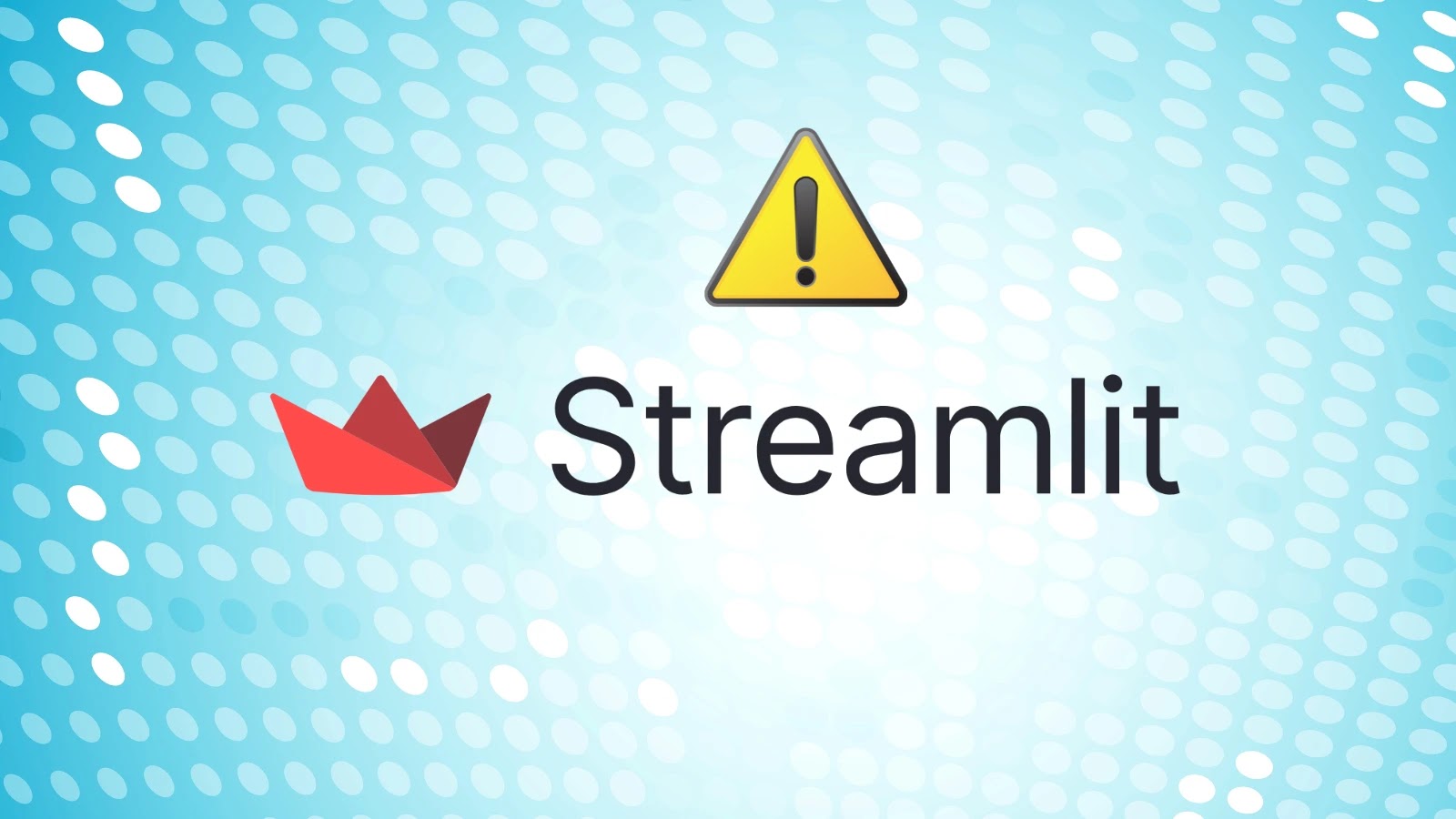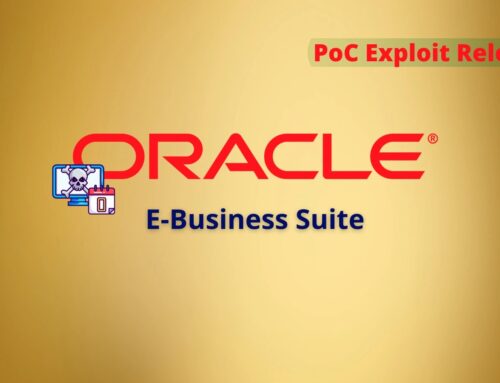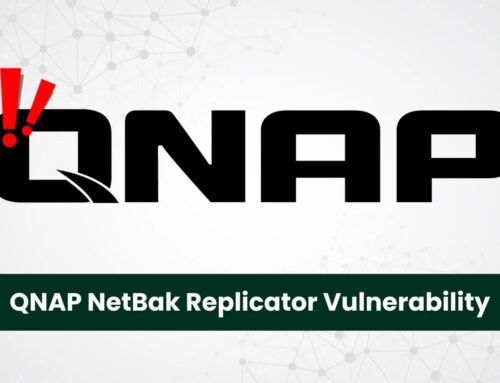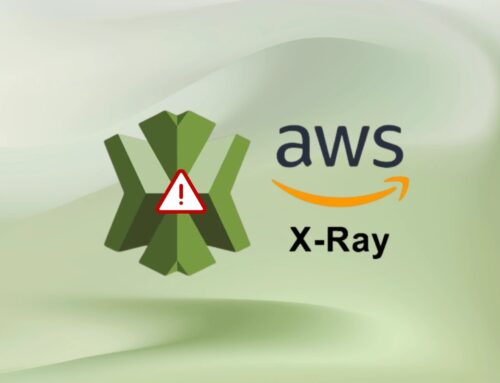
New Streamlit Vulnerability Allows Hackers to Launch Cloud Account Takeover Attacks
The digital landscape is relentlessly shaped by innovation, but with every new tool comes the potential for new vulnerabilities. A critical flaw has recently emerged in Streamlit, the widely adopted open-source framework favored by data scientists and developers for rapidly building interactive web applications. This vulnerability isn’t a minor annoyance; it presents a direct path for attackers to launch sophisticated cloud account takeover attacks, a severe threat for any organization leveraging Streamlit in their cloud infrastructure.
Streamlit’s Critical Flaw: A Gateway to Cloud Account Takeover
Discovered in February 2025, this significant vulnerability targets a seemingly innocuous component: Streamlit’s st.file_uploader. This component is designed to allow users to upload files within Streamlit applications. However, the flaw lies in its insufficient file type restriction mechanisms, enabling attackers to bypass intended security controls.
The core issue permits the upload of malicious files, which can then be used to gain unauthorized access to the underlying cloud instances hosting the Streamlit applications. This isn’t merely about data exfiltration; it’s about complete compromise, allowing attackers to seize control of cloud resources, escalate privileges, and potentially impact other services within the compromised cloud environment.
This incident vividly underscores how even seemingly minor components within popular frameworks, if not rigorously secured, can become critical entry points for advanced persistent threats. The implications extend far beyond the immediate application, touching the very fabric of cloud security posture.
Understanding the Attack Vector: Bypassing File Type Restrictions
The attackers exploit weaknesses in how st.file_uploader validates file types. By crafting specific malicious payloads, they can circumvent the built-in filters. This bypass allows the upload of executable code or scripts disguised as legitimate files. Once uploaded, if the cloud environment is configured to run or process these files without adequate sandboxing or execution controls, the attacker can execute arbitrary commands on the cloud instance.
The successful execution of these commands leads directly to account takeover. Attackers can then:
- Gain access to sensitive data and credentials stored on the instance.
- Install backdoors or malware for persistent access.
- Pivot to other services or instances within the same cloud network.
- Exfiltrate data or disrupt critical operations.
While a specific CVE number for this vulnerability was not provided in the source material, it is imperative for users to monitor the official Streamlit security advisories and the CVE database for its eventual assignment and detailed technical information.
Remediation Actions for Streamlit Users
Mitigating this vulnerability requires immediate attention and a multi-layered security approach. Organizations running Streamlit applications in production cloud environments should take the following steps:
- Update Streamlit Framework: The most crucial step is to update your Streamlit installation to the latest patched version immediately. Always prioritize official releases and security patches from the Streamlit project.
- Implement Strict File Validation: Even with framework updates, add robust server-side validation for all uploaded files. Do not rely solely on client-side checks. Implement stringent whitelist-based validation for allowed file extensions and content types (MIME types). Consider scanning uploaded files for malicious content using antivirus or sandboxing solutions.
- Least Privilege Principle: Ensure that the cloud instances running Streamlit applications operate with the absolute minimum necessary permissions. Limit network access, IAM roles, and access to sensitive resources.
- Containerization and Sandboxing: Run Streamlit applications within hardened containerized environments (e.g., Docker, Kubernetes) with strict resource limits. Implement sandboxing technologies to isolate file uploads and restrict the execution environment.
- Web Application Firewall (WAF): Deploy a WAF in front of your Streamlit applications to detect and block malicious upload attempts and other common web exploits.
- Regular Security Audits: Conduct regular security audits and penetration testing of your Streamlit applications and the underlying cloud infrastructure.
- Monitor Cloud Logs: Implement comprehensive logging and monitoring for your cloud instances and Streamlit applications. Look for unusual file uploads, unexpected process executions, or unauthorized network activity.
Tools for Detection and Mitigation
Leveraging appropriate security tools can significantly enhance your ability to detect and mitigate such vulnerabilities:
| Tool Name | Purpose | Link |
|---|---|---|
| Static Application Security Testing (SAST) tools | Identifies vulnerabilities in source code before deployment. | N/A (Many commercial and open-source options exist) |
| Dynamic Application Security Testing (DAST) tools | Scans running applications for vulnerabilities, including file upload flaws. | N/A (Many commercial and open-source options exist, e.g., OWASP ZAP) |
| Cloud Security Posture Management (CSPM) tools | Helps ensure cloud configurations adhere to security best practices, limiting attack surface. | N/A (Many commercial options, e.g., AWS Security Hub, Azure Security Center) |
| File Integrity Monitoring (FIM) | Detects unauthorized changes to critical system files. | N/A (Built into some OS, commercial tools available) |
| Next-Generation Antivirus (NGAV) / Endpoint Detection & Response (EDR) | Protects cloud instances from malicious execution post-upload. | N/A (Many commercial options) |
Conclusion: The Imperative of Proactive Security
This Streamlit vulnerability serves as another timely reminder that continuous vigilance and proactive security measures are non-negotiable in cloud environments. The ease with which a seemingly minor component can be exploited to achieve full cloud account takeover highlights the need for developers and security teams to work collaboratively. Prioritizing secure coding practices, implementing robust validation mechanisms, and maintaining a strong security posture are paramount to protecting cloud infrastructure against evolving threats. Developers must remain diligent in applying patches, and organizations must ensure their cloud environments are configured with security-first principles to prevent such critical compromises.





